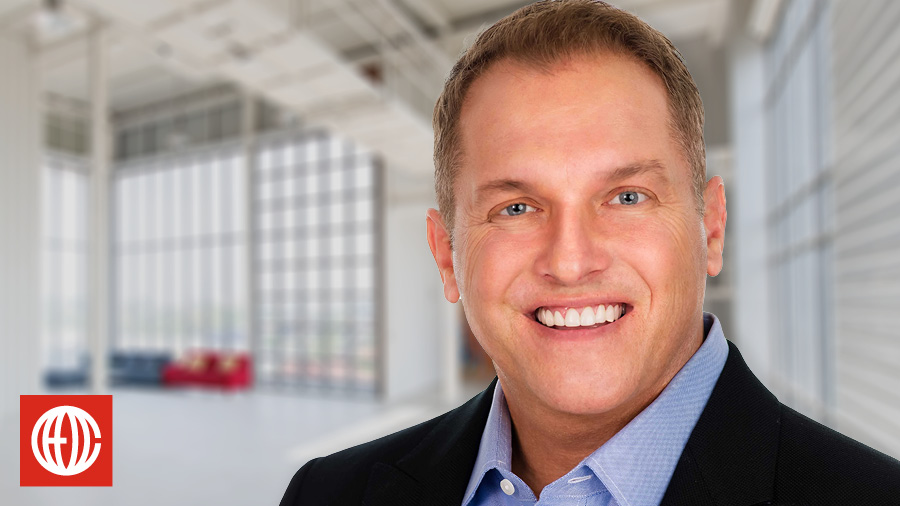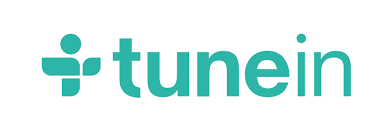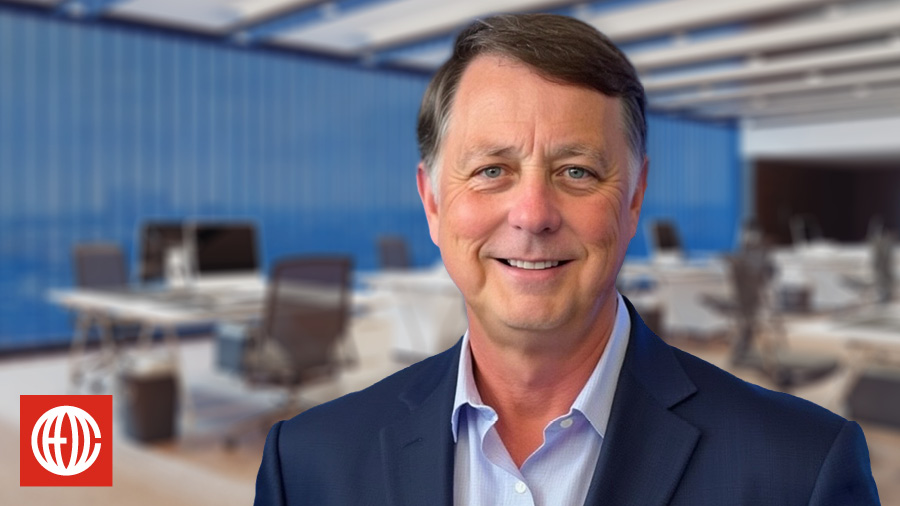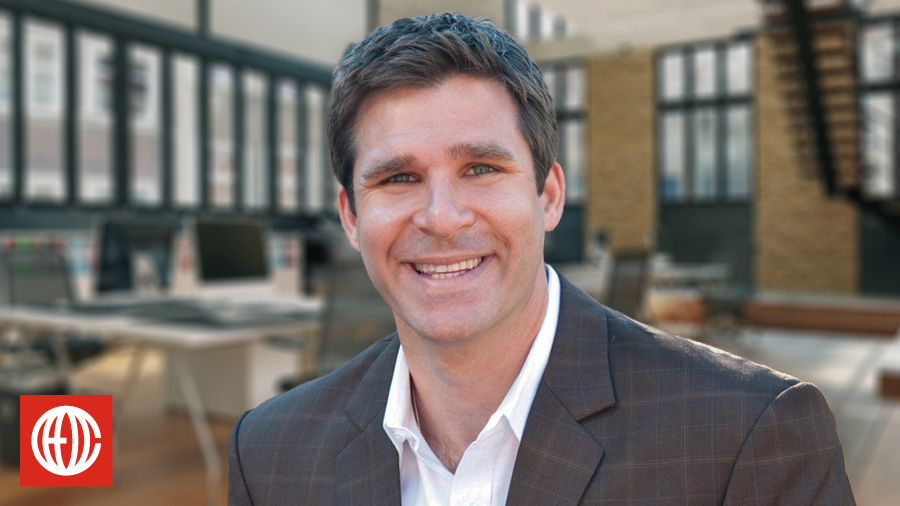
Are you ready to achieve the unimaginable this year?
Then register now for the 2025 Make BIG Happen Summit, April 24-27 at the Fontainebleau Miami Beach Hotel. This year, in addition to our usual lineup of world-class speakers and social events, we’re excited to unveil our exclusive “MBH” program—a full MBA experience distilled into one intensive day. You’ll gain strategies and insights directly from renowned experts like Good To Great author Jim Collins, and Harvard Business School professors Deepak Malhotra and Boris Groysberg.
For a preview of the kind of inspiring, motivating, and actionable presentations you can expect at the Make BIG Happen Summit, listen to 2019 speaker John DiJulius deliver a masterclass on exceptional customer service.
Guest: John DiJulius, Chief Revolution Officer and President of the DiJulius Group.
Quick Background: Most companies get customer service all wrong. They make a big show of designing shiny apps, building amazing showrooms, and rolling out cutting-edge products. But they forget to put laser focus on who actually pays for all that—the customer! When you deepen your customer relationships and focus on creating a memorable experience, you can charge a premium price and retain clients for life.
“Technology is only 10% of the experience,” says customer service expert John DiJulius, while your person who delivers the service is the other 90%. “Technology can never build a rapport, show empathy, or make a brilliant comeback when we drop the ball, but you can,” John says.
Many businesses are trying to de-emphasize the importance of the employee and replace them with chatbots and AI. But that technology will never outperform a well-trained human who steps in when your customer needs personalized help.
In this presentation, recorded live at the 2019 CEO Coaching International Summit, John DiJulius explains how you can train your team to own every problem, make meaningful connections with every customer, and create a world-class customer experience that will drive BIG business.
Keys to World-Class Customer Service from John DiJulius
1. Make price irrelevant.
When John DiJulius opened his first salon in Cleveland, the average local cost of a woman’s haircut was $32. John priced a haircut from one of his entry-level designers at $50. His most experienced hairdressers charged $125. Not only did people pay more for John’s high-quality service, they paid significantly more – the waitlist for a $125 haircut could be as long as 3 months.
Then a new salon opened around the corner from one of John’s salons. They hung a sign in the window: “We do $10 haircuts.”
“And my staff freaked,” John remembers. “‘Oh my God. We’re going to go out of business. We’ve got to start discounting. We’ve got to start sending out coupons.’ I said, ‘No, no, no, no. We don’t play those games. Let’s focus on the experience we have. Let’s focus on what we say people get. Let’s improve it. Let’s make it consistent. Let’s be brilliant at the basics.’”
Six months later that discounted salon went out of business, another loser in the race to the bottom.
John says, “This is the attitude I want everyone to have: We are the ultimate experts and experience providers at what we do, and we will not be oversold. If you told me there’s a salon in Northeast Ohio that charges more than me, that doesn’t mean, ‘Oh, they charge $135. We’re going to charge $136.’ No, I would run down there, get a haircut, sit in their waiting room, and find out how they’re justifying a $135 haircut experience. And then I’d take it back and raise our game and raise our prices.”
So if raising your prices makes you skittish, then what you’re really not confident about is the experience you’re giving your customers. “Making price irrelevant doesn’t mean you can double your prices, fees, rates, or even raise them 30% and not lose existing and potential customers,” John says. Instead, price becomes irrelevant to your customers when their experience, your brand, and every one your customers come in contact with consistently deliver world-class service.
2. Get in your customer’s “bomb shelter.”
“If your client is under attack, they have two foxholes, two bomb shelters,” John explains. “A personal one for their spouse and kids, and a professional one. And in their professional bomb shelter, they can only fit two or three vendor partners. Would you be one of them?”
Are you that indispensable to your clients? Are you selling them a product or experience that they feel like they can’t live without?
Is your financial services company a de facto 911 call when clients are worried about the stock market?
If your SaaS business folded tomorrow, would your customers be lost, or would they shrug and sign up with someone else?
The best companies don’t sell the most stuff. They do the best job of putting themselves at the center of their customers’ businesses and lives. That space is where price becomes irrelevant. That space is where you need your company to be.
3. Every problem is your problem.
On a recent trip to MGM Studios theme park, John and his family waited in line for 45 minutes only to find out his son wasn’t tall enough for a ride. At a lesser park, the attendant probably would have shrugged, told John, “Not my problem, you missed all the signs, this happens to me ten times an hour,” and moved on to the next customer.
Instead, as John explains, his family received world-class customer service from one of the best hospitality companies in the business:
“The cast member says to my son, ‘Johnny, listen. The next time you come to Disney, you’ll probably be tall enough.’ And he gives him this pass, which is basically a line cut. He says, ‘You bring this next time you’re here. You get to walk by all these people. Present it to one of us. You’ll go on right away.’ How cool is that? Here’s what Disney gets better than most: while it’s not our fault, it’s still our problem. There are so many things that aren’t our fault but are our problem, and you have to solve it for them.”
Another example: at John’s salons, customers occasionally forget to take valuables out of their robes. Is that John’s fault? No. But, he says, “If someone calls and says we washed your iPhone, I’m getting them a new one.”
John’s solution wasn’t to hire more staff, which would have cost him money without improving his customer experience. And he didn’t want to hang warnings around the salon that would have put responsibility for lost items on the customer in a negative way.
Instead, “We ordered pocketless robes,” John says. “Problem solved, and they were cheaper!”
Right now, there’s a problem with your customer experience that you can improve without spending more money, without going negative, and without downgrading your services. The solution to that problem is your “pocketless robe.” Find it.
4. A new FORD focus for every employee.
Go back to John’s theme park experience. The kid working that ride probably wasn’t even out of college yet. He had no idea he was dealing with a successful CEO – a customer service master, no less! From his personal experience, he probably didn’t know what level of service a CEO expects. So how was he able to give someone with very different life experience exactly the level of service he wanted? How can you get your millennial talent to give first-class customer service when they’ve probably never flown first-class before?
Training and reinforcement.
According to John, one way to help a 25-year-old understand the needs of someone twice their age is to “Create a day in the life of your customer that totally shows what the customer is going through, pain points, so when you do pick up the phone, you do come in contact, you have more compassion and empathy for them.”
Connecting with clients as people is central to John’s customer service philosophy. He insists that after meeting a new customer, employees have to be able to tell him two of the customer’s FORD items: Family, Occupation, Recreation, Dreams.
“You know two or more things of someone’s FORD, you own them,” John says. He’s even built FORD notes into his CRM system so that every phone call can be personalized. John also uses video for all support calls so employees see the person they’re helping. And rather than allowing employees to gripe about customers, John holds customer appreciation meetings where staff discuss what they love about the people they serve.”
“Always be connecting,” John says. “Build relationships, not networking. I hate networking. Social capital is a result of long-term, continuous relationships, building one of the most powerful resources a person could have. You build social capital by always putting the other person’s goal first and foremost in every business relationship.”
Top Takeaways From John DiJulius
1. Charge what you’re worth. If you can’t charge top prices, then you’re not selling a top experience.
2. Don’t win the argument but lose the customer. Do whatever is necessary to keep your customer experience positive.
3. Coach up your young staff. You know millennials have different life experiences than your customers. If you don’t train them to provide great service, that’s your fault.
Links:
Powerful Lessons for CEOs – Looking back on 10 unforgettable moments from the 2024 Make BIG Happen Summit.
The Four Pillars of an “Effortless Experience” That Grows Customer Loyalty – Matt Dixon, author of “The Challenger Sale” and “The Effortless Experience: Conquering the New Battleground for Customer Loyalty,” discusses how quick problem-solving and ease of use create lasting repeat business.
About CEO Coaching International
CEO Coaching International works with CEOs and their leadership teams to achieve extraordinary results quarter after quarter, year after year. Known globally for its success in coaching growth-focused entrepreneurs to meaningful exits, the firm has coached more than 1,500+ CEOs and entrepreneurs across 100+ industries and 60 countries. Its coaches—former CEOs, presidents, and executives—have led businesses ranging from startups to over $10 billion, driving double-digit sales and profit growth, many culminating in eight, nine, or ten-figure exits.
Companies that have worked with CEO Coaching International for two years or more have achieved an average revenue CAGR of 31% (2.6X the U.S. average) and an average EBITDA CAGR of 52.3% (more than 5X the U.S. average).
Discover how coaching can transform your leadership journey at ceocoachinginternational.com.
Learn more about executive coaching | Meet our world-class coaches







